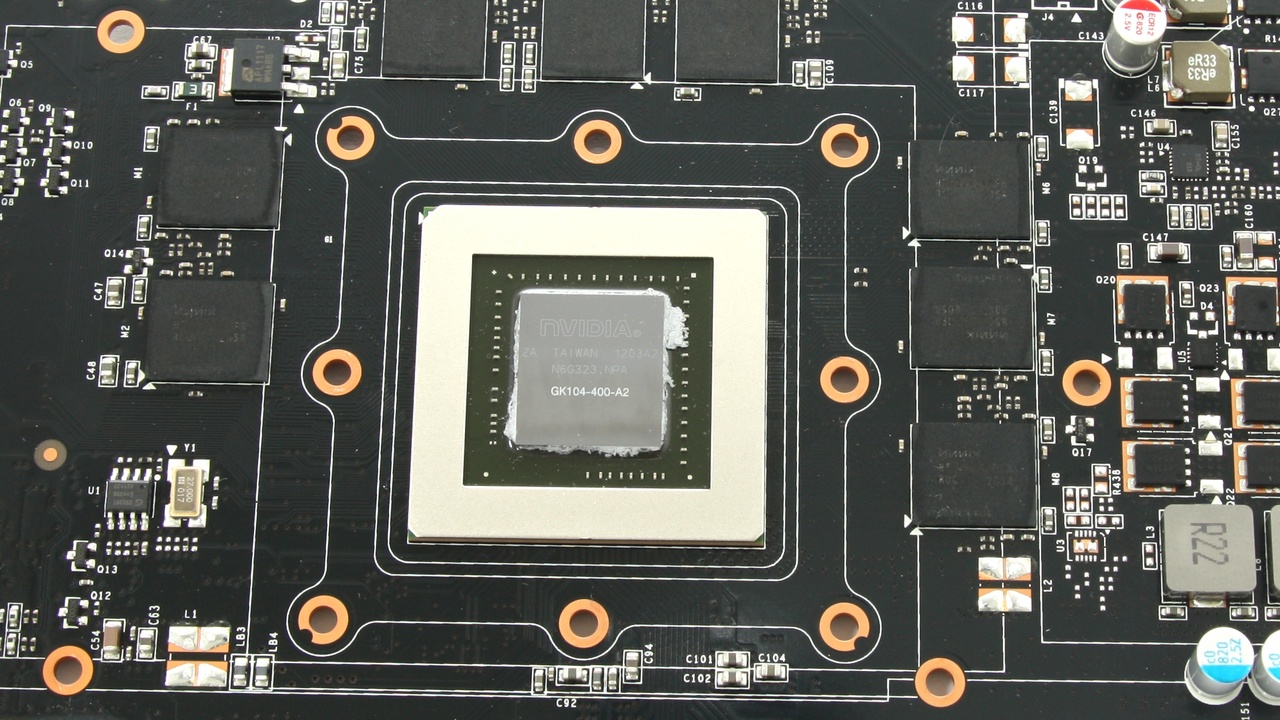GeForce GTX 680 im Test: Mit Kepler ist Nvidia wieder die Nummer 1

Einleitung
Am 22. Dezember letzten Jahres war es endlich so weit, AMD ließ das Flaggschiff Radeon HD 7970 mit der neuen Graphics-Core-Next-Architektur auf die Öffentlichkeit los. Ende Januar 2012 folgte dann die Radeon HD 7950 und Mitte Februar wurde die Radeon-HD-7700-Serie in die Startlöcher entlassen, nur damit etwa drei Wochen danach die Radeon-HD-7800-Probanden folgen können.
Anfang 2012 hat sich also bereits sehr viel im Grafikkartenmarkt getan, die Produkteinführungen waren bis jetzt jedoch sehr einseitig. Denn Nvidias Kepler-Generation wollte und wollte einfach nicht fertig werden und so hat man AMD (sicherlich nicht freiwillig) eine großen Vorsprung gelassen. Mit dem heutigen Tage soll dies vorbei sein, Nvidia präsentiert die GeForce GTX 680, die erste Grafikkarte mit der überarbeiteten Kepler-Architektur.
Das Ziel der Überarbeitung ist schnell erklärt: Abgesehen davon, dass die Performance natürlich weiter ansteigen soll, möchte Nvidia die Energieeffizienz gegenüber der Fermi-Generation (GeForce GTX 400 sowie GeForce GTX 500) massiv erhöhen. Und das ist auch bitter nötig, denn genau dort liegt bei den Grafikkarten aus Kalifornien bis jetzt die größte Schwachstelle.
Doch damit soll das Ende der Fahnenstange noch nicht erreicht worden sein: Zusätzlich möchten „die Grünen“ die Bildqualität weiter nach oben schrauben, ein Gebiet auf dem AMD in den vergangenen Wochen stark auf- und die Konkurrenz teilweise gar überholt hat. Neue Features stecken genauso im Portfolio der GK104-Karte.
Doch ist Nvidia all dies auf der „Kepler-Karte“ GeForce GTX 680 überhaupt gelungen? Und selbst wenn: Reicht es aus, um AMDs Radeon HD 7970 zu schlagen? Finden wir es heraus!


